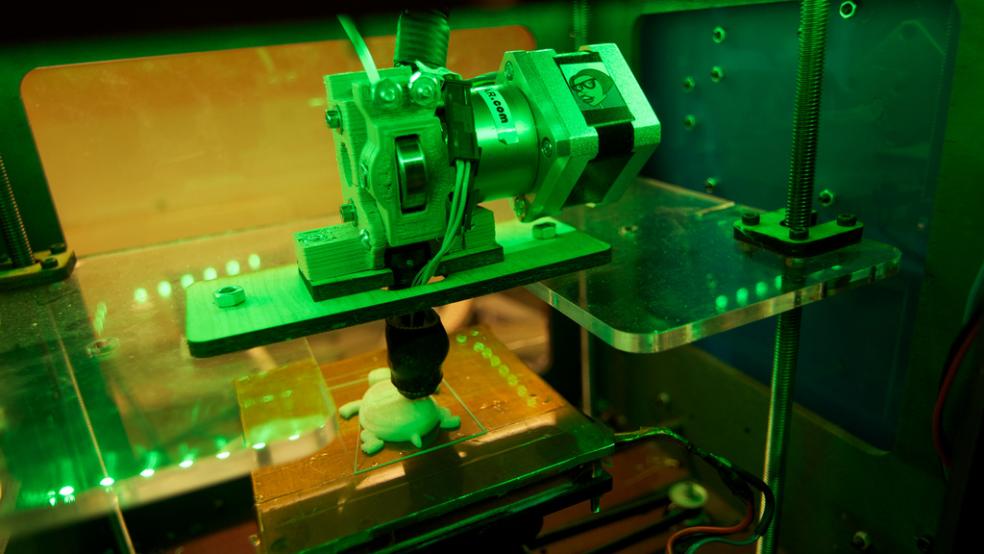A mere six months after civilian manufacturer 3D Systems debuted the world’s first 3D-printer that prints food at the Consumer Electronics Show in Las Vegas, the U.S. Army is making progress adapting food-printing technology for use by troops on deployment.
Research teams at several Army installations, most notably the Natick Soldier Research, Development, and Engineering Center (NSRDEC) in Massachusetts, are working to develop 3D food printers that are customized for the rigors of areas of military operation.
Related: 3D Printing - 6 Things You Need to Know
If the team is successful, soldiers across the globe could look forward to instantly generating their food rations on-site. It would be a much less-costly alternative to having food conventionally produced and shipped in from overseas, according to the NSRDEC researchers, who add that it could also offer troops a much wider variety of cuisine than would otherwise be possible.
“You would like a sandwich, where I would like ravioli. You would print what you want and eliminate wasted food,” said Mary Scerra, an NSRDEC food technologist, in a recent statement.
Widening soldiers’ menu options would be an obvious improvement to life in the base camps—soldiers, like any other human beings, would enjoy more choices of cuisine. But the technology holds some potentially lifesaving implications, as well: Soldiers can count on getting the nutrients that they most crucially need, whenever they need them.
A soldier who is worn out from battle and needs carbohydrates or protein could print out protein- and carbohydrate-rich food, while another soldier who is Vitamin-D-deficient could print out a meal rich in Vitamin D. A 3D printer could be fed with all of the above nutrients ahead of time and dispense them in ready-to-eat meals as needed.
Related: 3D Printing Business to See Explosive Growth
This would be a considerable change from traditional meals, ready to eat or MREs, which are largely indistinguishable from each other. A soldier with specific dietary needs cannot expect to have them met by standardized rations, but that soldier could get food meeting his or her specifications from a 3D food printer.
Like any 3-D printer, military or civilian, the food printers that the NSRDEC team is pursuing would connect to software that holds the digital blueprints for building food items in layers of particles stacked atop each other. The particles would come from chemical substrates that would be fed into the printer ahead of time, like the ink cartridges that injet printers use to print paper documents with text and photographs.
Lauren Oleksyk, a food specialist in the NSRDEC’s Combat Feeding Directorate, said that her team is currently trying to use a method called ultrasonic agglomeration to 3-D print small snack-type items. Once the team masters this, it might move on to more challenging items such as pizza and pasta.
“The technologies may or may not originate at NSRDEC, but we will advance them as needed to make them suitable for military field feeding needs. We will do what we can to make them suitable for both military and commercial applications.”
If they succeed, food production would be the latest in a series of applications that Army researchers have found in the last few years for 3D printing. The Army is also exploring 3D printing’s medical uses, such as manufacturing new skin and blood vessels.
This article originally appeared in Defense One.
Read more at Defense One:
Pentagon's Civilian Workforce Could Face New Performance Evaluations
Don't Worry, the Next World War Is Not Upon Us ... Yet
The New Battleground: Veterans - Video



